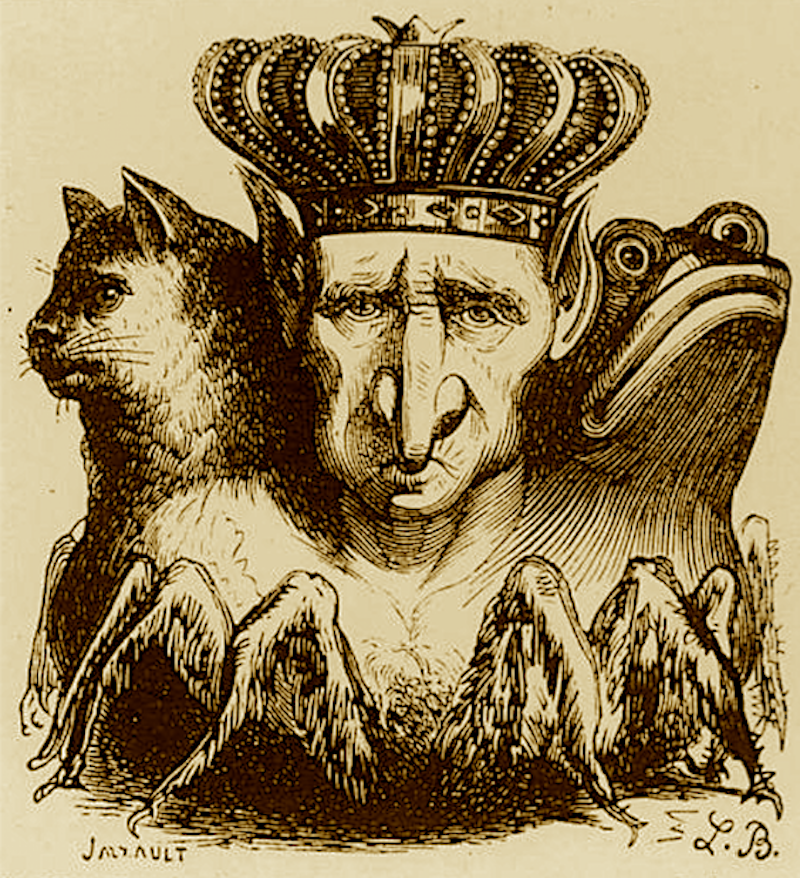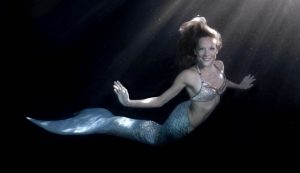In Liber O Liber O vel Manus et Sagittae sub figurâ VI the Prophet of the Lovely Star admonished this liber’s readers:
“1.This book is very easy to misunderstand; readers are asked to use the most minute critical care in the study of it, even as we have done in its preparation.
“2. In this book it is spoken of the Sephiroth and the Paths; of Spirits and Conjurations; of Gods, Spheres, Planes, and many other things which may or may not exist.
“It is immaterial whether these exist or not. By doing certain things certain results will follow; students are most earnestly warned against attributing objective reality or philosophic validity to any of them.
“3. The advantages to be gained from them are chiefly these:
(a) A widening of the horizon of the mind.
(b) An improvement of the control of the mind.
“4. The student, if he attains any success in the following practices, will find himself confronted by things (ideas or {13} beings) too glorious or too dreadful to be described. It is essential that he remain the master of all that he beholds, hears or conceives; otherwise he will be the slave of illusion, and the prey of madness.
“Before entering upon any of these practices, the student should be in good health, and have attained a fair mastery of Asana, Pranayama and Dharana.
“5. There is little danger that any student, however idle or stupid, will fail to get some result; but there is great danger that he will be led astray, obsessed and overwhelmed by his results, even though it be by those which it is necessary that he should attain. Too often, moreover, he mistaketh the first resting-place for the goal, and taketh off his armour as if he were a victor ere the fight is well begun.
“It is desirable that the student should never attach to any result the importance which it at first seems to possess.”
Meanwhile, the New Yorker recently ran an article by Kathryn Schulz about what Aristotle referred to as “probable impossibility” as opposed to “unconvincing possibilty.” Here’s an excerpt:
“On top of all this, the biological theory of plausibility also suffers from a graver problem: its predictive powers are faulty. By its logic, many creatures that we find highly believable should instead rank near the bottom of the list. Angels, for instance, are physiologically unlikely: in addition to being able to fly (fine for birds, unheard of in hominids), they manifest a particularly extreme version of the limb problem, since, per various sources, they have not just two but in some cases hundreds of wings. Demons present the same basic difficulties, as do fairies, and ghosts defy pretty much every biological principle: among other problems, they have no substance, require no sustenance, and do not decay or die. Yet given that seven out of ten Americans believe in angels, six out of ten believe in demons, and almost half believe in ghosts, it seems safe to assume that, on the scale of plausibility, such creatures outrank giants and unicorns.”
Read the entire article:
https://www.newyorker.com/magazine/2017/11/06/is-bigfoot-likelier-than-the-loch-ness-monster.



“may or may not exist” is hardly the same thing as an “impossibility”.
That the perception of astral phenomena may vary from person to person, and culture to culture, does not deny there may (or may not) be an underlying and profound causal reality to the manifestations thereof.
just using Aristotle’s wording!